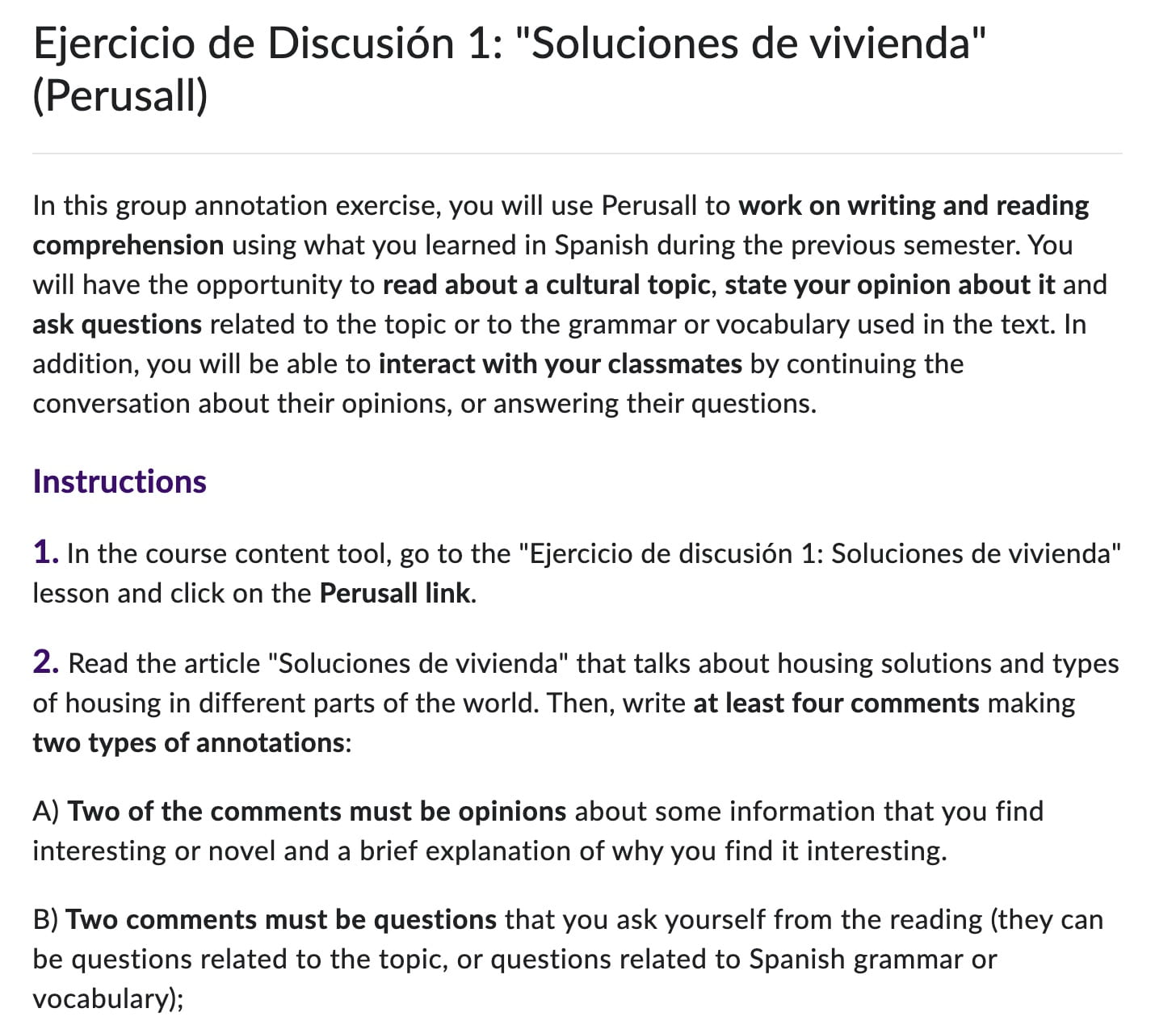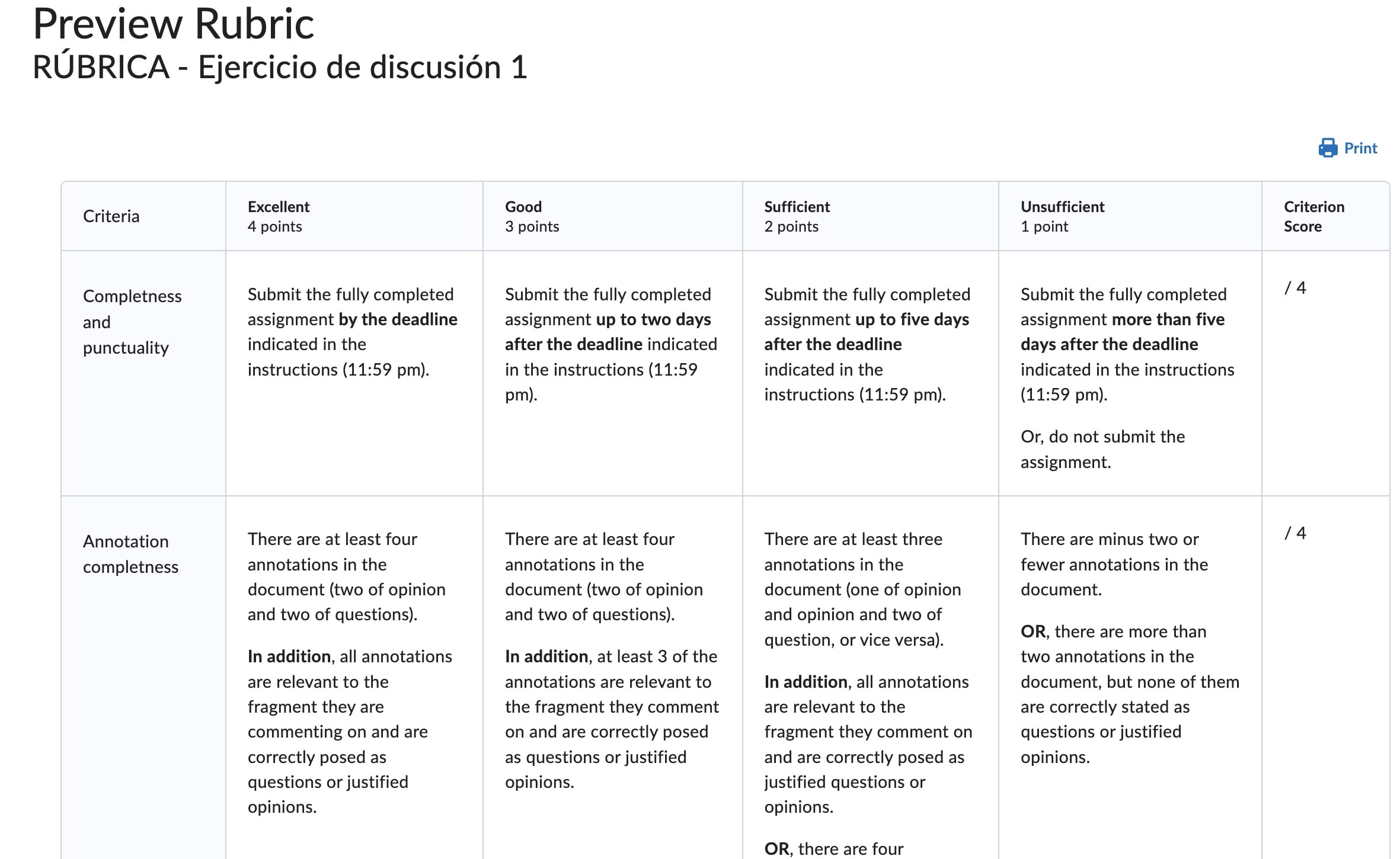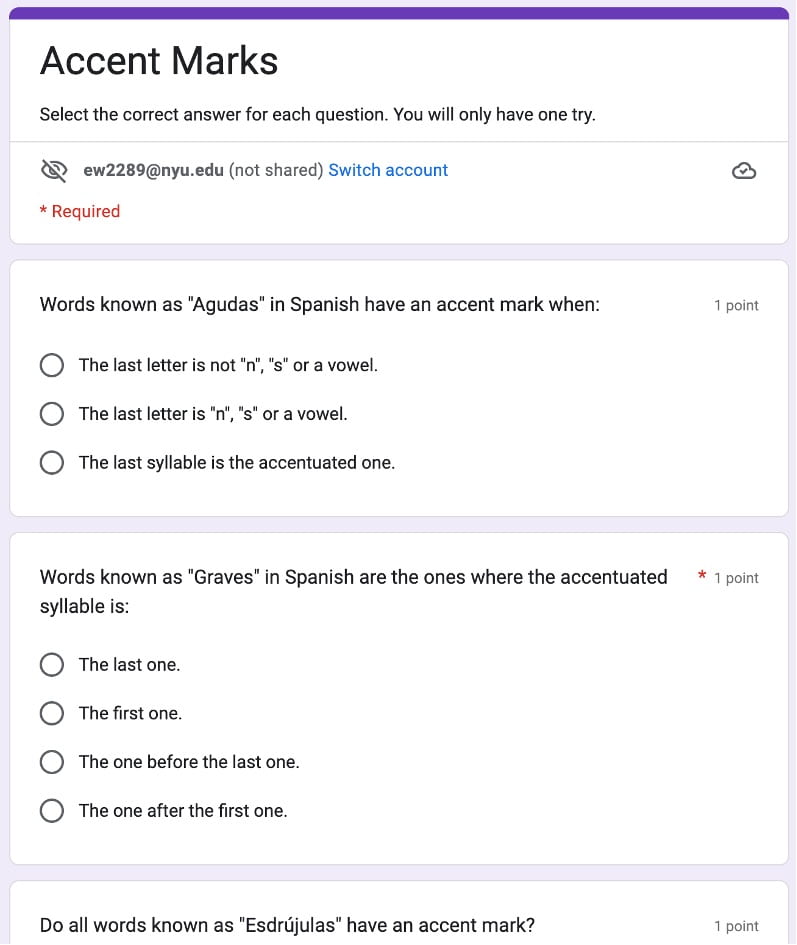On January, 30th, 2023, an interdisciplinary cohort of graduate students from GSAS began the A&S Office of Educational Technology’s Teaching to Engage seminar. Some student student concurrently hold teaching positions or hold Teaching Assistant (TA) roles. As one of our office’s faculty development offerings, the Teaching to Engage course provides the opportunity to experience the online asynchronous learning process. Participants explore several educational technologies, utilizing the tools both as a student through collaborative learning and as an instructor by designing assignments that fit their discipline. Instructors assess tools and strategies with fellow instructor peers and evaluate the research that informs the pedagogical design choices they make for their in-person and online classes. The course provides an invaluable opportunity for faculty to reflect on past teaching experiences while identifying tools and strategies that can support their process of improving course design and facilitation.
In Teaching to Engage, this work culminates in a final project where instructors create a Brightspace course and several assignments that incorporate such tools as Annoto, Perusall, Google Forms, and rubrics. Faculty provide welcome videos and explicit assignment instructions, all of which are design approaches that create an effective online learning environment.
The latest cohort produced exemplary work, demonstrating their mastery of the pedagogical and technological design approaches they learned.
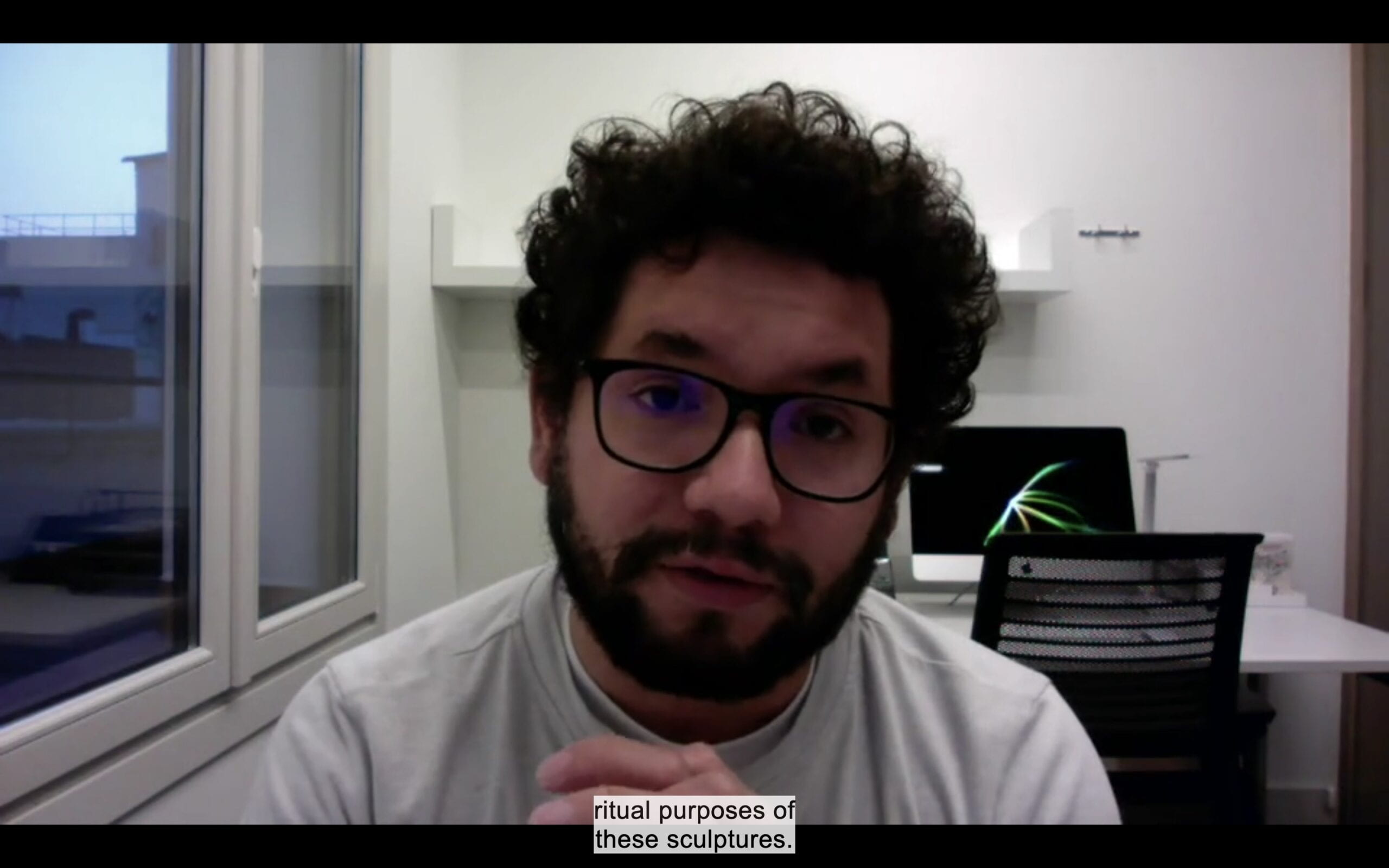
Juan Gabriel Ramírez Bolívar, a Ph.D. student in Art History at the Institute of Fine Arts, created a video for his welcome announcement with NYU Stream and included captions to ensure accessibility.
Florencia Rabuco, graduate student from the MFA in Creative Writing in Spanish program, provided detailed instructions within the Brightspace content tool for students when designing her Perusall learning activity.
In addition to the instructions, Florencia Rabuco utilized Brightspace Rubrics for the Perusall assignment. These design choices make expectations clear and are a great way to empower students to achieve learning outcomes.
Graduate and pre-med student with the Psychology department, Samer Muhareb, crafted this well thought out social annotation exercise using Perusall. The exercise encourages students to critique a quantitative study and engage with one another on potential points of confusion in the article.
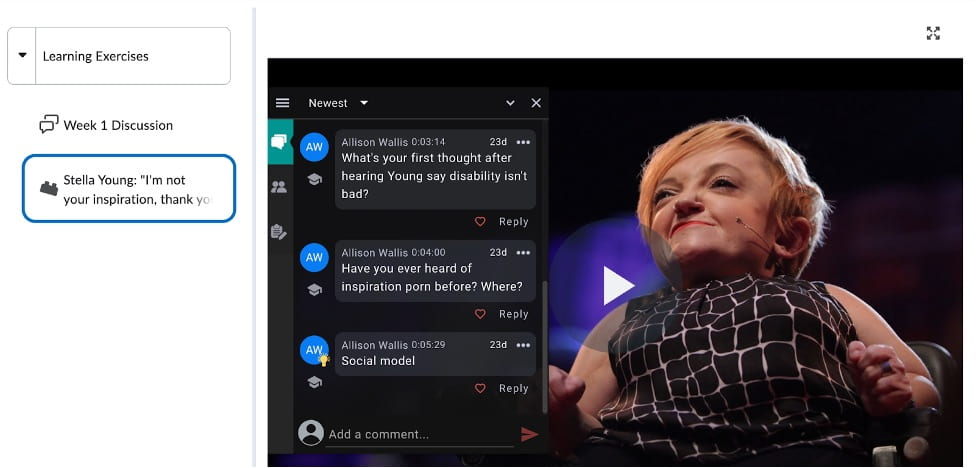
Allison Wallis, a graduate student with the American Journalism Online (AJO) program designed this video annotation exercise using Annoto. Created for the class, The Disability Beat, this exercise encourages students to critically reflect on the representation of disabilities in the media.
A graduate student seeking an MFA in Creative Writing, Sara Abadia, created a knowledge check using Google Forms. The exercise checks for student understanding as well as provides an opportunity to students to review important concepts in Spanish language learning.
The Teaching to Engage seminar is beneficial for instructors at any stage of their career and the skills and knowledge gained through this three week course can reinvigorate your teaching, giving you new ideas for facilitating learning in in-person, online, or blended environments. In fact, learning objects developed in this course can be used to enhance one’s teaching portfolio, be shared with instructional peers, and provide substance to potential Scholarship of Teaching and Learning (SoTL) endeavors.
Participants in the Teaching to Engage course used various resources created and provided by the A&S Office of Ed Tech. If you’re interested in replicating these types of learning exercises, here are those same resources:
- Creating and Adding an Express Capture Video in Brightspace
- Ordering Captions for NYU Stream Content
- Using Perusall in Brightspace
- Rubrics in Brightspace
- Adding a Video with Annoto in Brightspace
- Teaching with Google Forms
To learn more or reserve a spot in our next cohort, email us at fas-edtech-group@nyu.edu.

